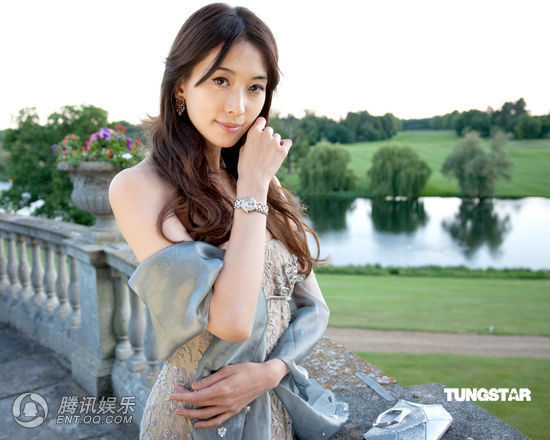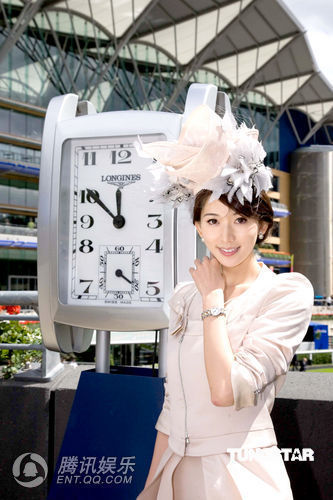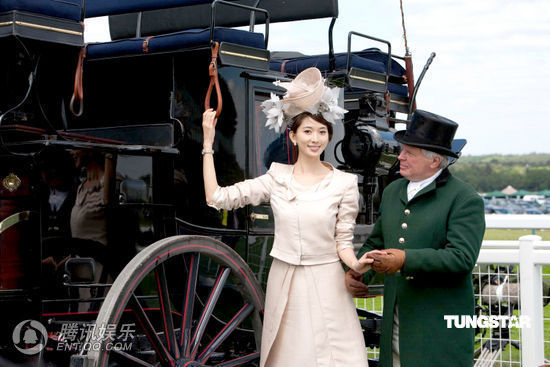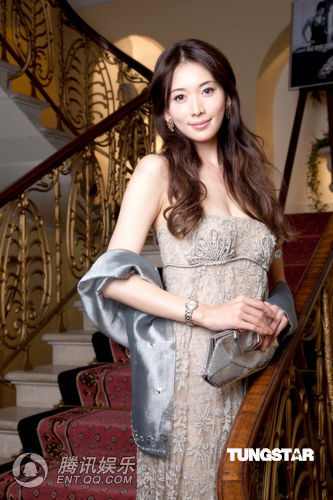Shanghai expo: this is New Confucianism writ large | Owen Hatherley
This global architectural event typifies a culture at one with contradictions. But how long can these be held in balance?
The Shanghai Expo is the most violent, overwhelming, claustrophobic, garish, dramatic vision of harmony you could imagine. This gigantic and lengthy event, which finishes today, is defined through superlatives: with more than 70 million visitors it is the largest expo ever held, singlehandedly resurrecting an event which had become the object of retro-futurist nostalgia.
There's more to the expo than mere PR puffery – what it says about architecture and the city is fascinating, and what it neglects to say, even more so. Like all expos since the 1950s, Shanghai 2010 has a theme, which is "Better City, Better Life", and a sugary sinopop theme song bears the same title. It crams into the site all possible debates about the contemporary city – but crucially, it smooths them all into a flat, undifferentiated surface of interesting stuff. In this, it's of a piece with the New Confucianism currently espoused by the Communist party, where talk of the "harmonious society" has replaced talk of equality and class conflict.
What makes this so surprising to the outsider is the impression of contradictions gone wild that marks both the expo and the city around it. In contemporary Shanghai, architectural styles all coincide – the crassest postmodern revivalism and the purest ascetic modernism. You see innumerable blocks of flats clad in neoclassical or neogothic detail, but they're arranged in the geometrically ordered towers-in-parkland style of 1950s high modernism, invariably with south-facing aspect. You find vertiginous skyscrapers treated as objects of national pride that were developed by and bear the logos of Japanese or Taiwanese capital. Some old neighbourhoods – whether the Tudorbethan villas built for French and British colonials and the indigenous bourgeoises, or the ultra-dense Lilong courtyard housing built for the Chinese masses – are restored to the point of sanitisation, some are rotting or demolished, others are reconstructed afresh.
At the same time, a high rise boom creates a precipitous, sometimes unnerving and sometimes thrilling new landscape. This too is the product of contradiction – the pinnacles at the top of each tower are not pure capitalist spectacle but the result of state planning edicts, to stop extra floors being built on top.
There is green infrastructure, in the form of an extensive metro system built at lightning speed, and a Maglev train – though the latter goes only from the Pudong business district to the less-than-green airport. Simultaneously, the city erects the most astonishing, Cyclopean multi-level expressways to induce people off bikes and into SUVs.
The megalopolis at the centre of the Yangtze river delta, whose factories, refineries and power stations are going at full pelt, creating a charred, apocalyptic industrial maelstrom, suffers nowadays from the consequences of deindustrialisation, with numerous inner-city industrial structures ripe for creative reuse. All this raging tension is supposedly harmonious. It is fitting, in a society that still claims to cling to socialist values, while enforcing a spectacularly exploitative primitive accumulation.
All this is especially glaring on the expo site itself. The vision of a "Better City, Better Life" takes place on a site cleared both of industry and some 60,000 inhabitants. Most of the press attention has been focused on the international section of this vast event. Here, contemporary architecture is at its most ephemeral, with each building designed to last only six months, which doesn't preclude most of them from making various gestures at sustainability. The structures range from silly (Belarus's cheerfully kitsch decorated shed) to sublime (Spain's uncanny wicker and metal canopy, by Scottish parliament architects EMBT). Yet the international incoherence is only a minor part of the expo's message.
Crossing the river brings you to the infotainment part of the expo. Here, the eco Pavilion of Footprint is directly opposite the Oil Pavilion, decorated in blaring blue neon, just like the city's expressways. Elsewhere, there's some adaptive reuse – the Piranesian China Shipping Pavilion is an embellished shipyard, and the Pavilion of Future a decommissioned power station, just like Tate Modern. Here, tomes on the city of the future, from Thomas More to David Harvey, are piled up, with no sense that each was critiquing existing society through their visions of the future. In the next room, the underwater city of the future sits next to a lime-green illuminated model of a petroleum refinery. Any implication that one might lead to the other is wholly unintentional.
Mao Zedong, the face on the banknotes used to purchase the sweatshop-made merchandise, considered contradiction the motive force of the class war. So it's no surprise that all these opposing forces are held in some kind of balance – but how long can it be kept up?





Comments